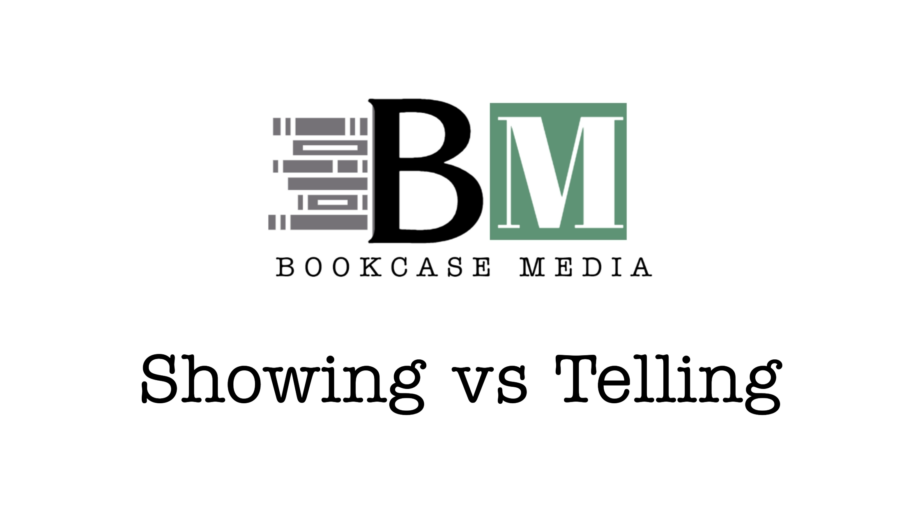What does “Showing” mean when writing?
When someone says a book “does a lot of showing,” they are likely referring to the storytelling technique of “showing” rather than “telling.” In literature, “showing” involves presenting details, actions, and emotions through vivid and descriptive language, allowing readers to experience and interpret the story themselves. This approach engages the reader’s imagination and encourages them to draw conclusions based on the presented information.
On the other hand, “telling” is more straightforward and provides information directly to the reader without allowing them to infer or visualize the details. It often involves stating facts or summarizing events.
Books that prioritize showing over telling typically use sensory details, dialogue, action, and descriptive language to create a more immersive and engaging reading experience. This technique allows readers to feel more connected to the characters and events, making the narrative more vivid and memorable. In general, showing is considered a more dynamic and effective way to convey a story, as it fosters a deeper understanding and emotional connection with the material.
In literature, “telling” refers to the narrative technique where the author explicitly conveys information to the reader, often providing direct statements or descriptions. This is in contrast to “showing,” where the author uses descriptive details, actions, and dialogue to allow the reader to infer or experience the information indirectly.
Here’s a brief comparison:
- Telling:
- The author directly informs the reader about a character’s thoughts, feelings, or background.
- It often involves straightforward statements and explanations.
- Showing:
- The author uses vivid descriptions, actions, and dialogue to allow the reader to draw conclusions.
- It encourages readers to engage their senses and emotions.
While both telling and showing have their places in literature, showing is often considered more immersive and engaging because it allows readers to experience the story through their own interpretations. However, skilled writers often use a combination of both techniques to create a well-rounded narrative.
